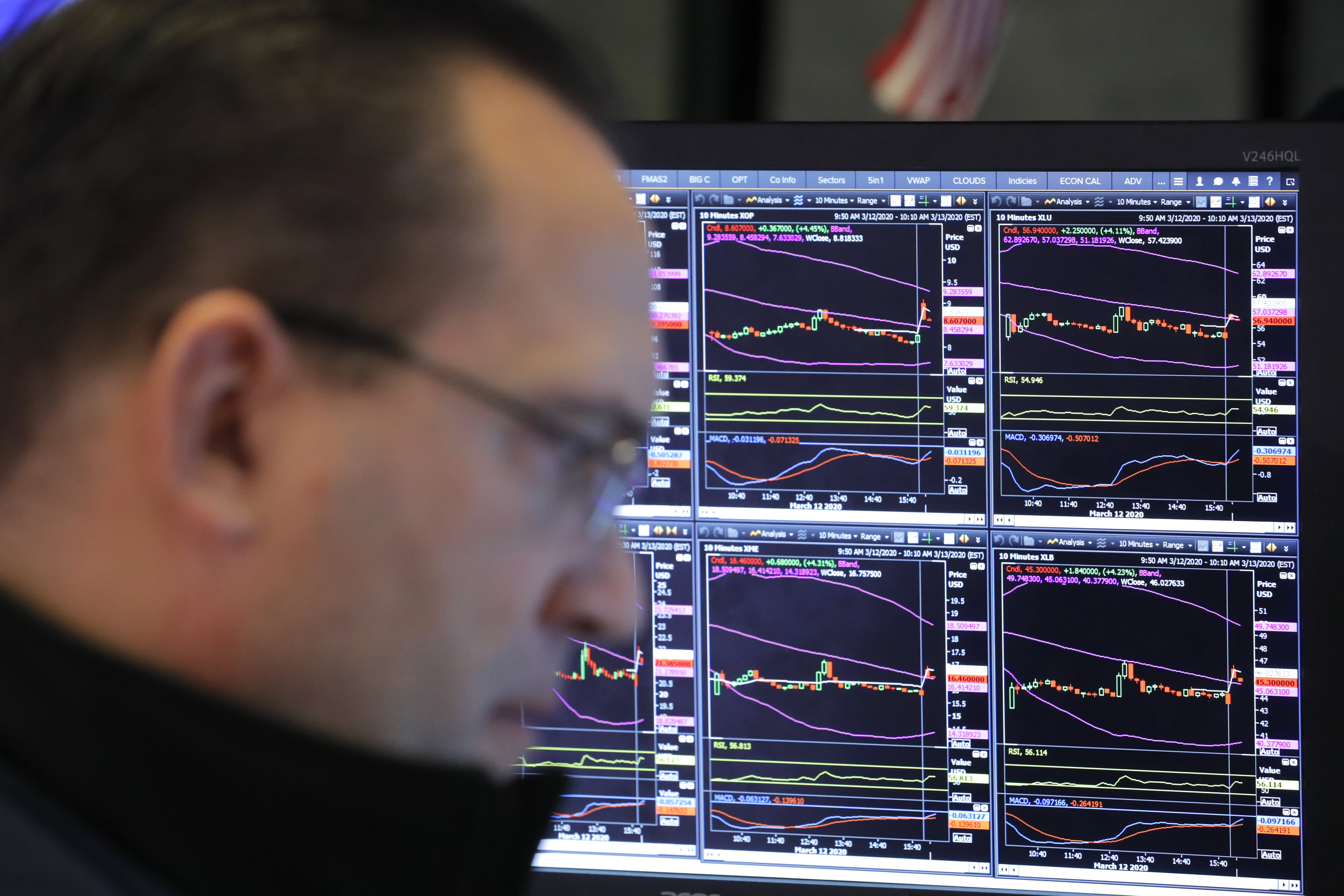Call it part of the grand blame game: Markets are down big, so it must be someone’s fault. Exchange traded funds. High-frequency traders. Short sellers.
In Europe, they have already figured out whose fault it is: Short sellers! In the past week, several European countries, including Italy, Spain, France, Belgium and Greece–have banned short selling in various forms.
On Tuesday, France, Italy and Belgium said they would ban short selling for the day. Spain went further: The Spanish regulator on Monday said its ban for all Spanish stocks would last for a month, and maybe longer. The regulator said the action has been taken “due to the extreme volatility taking hold of European securities markets … and the risk of disorderly trading taking place in the following weeks.”
The results? Markets keep dropping. Spain is down 4% this week. France down 7%. Greece down 5%.
That’s no surprise, says Ihor Dusaniwsky, who monitors short selling at S3 Partners. A short selling ban, although possibly psychologically advantageous, “would have pretty much no effect on the market volatility or pricing but may have an impact on liquidity,” he said.
It’s understandable, Dusaniwsky told me in a telephone interview, that the Europeans would want to blame short sellers, but it won’t work. There’s a raft of academic papers that also indicate it doesn’t work. One 2016 European study of bans on short sales found “financial institutions whose stocks were banned experienced greater increases in the probability of default and volatility than un-banned ones, and these increases were larger for more vulnerable financial institutions.”
Another fallacy: Short selling is somehow overwhelming the U.S. markets. Again, not true, says Dusaniwsky.
“We’ve calculated the change in shares for U.S. traded equities and ETFs and the number is relatively small compared to overall trading volumes,” Dusaniwsky tells me.
How small? Overall equity and ETF short interest is $826 billion in the month of March, he said. This month, there has been $65.8 billion of new short selling in securities and $13.0 billion of short covering in securities. On a net basis, that’s $52.8 billion of additional short selling.
That sounds like a lot, but it isn’t: Dusaniwsky estimates there has been nearly $10 trillion worth of stock that has been traded in March in the U.S. markets, so the amount of new shorts created and indeed the total short interest is a tiny portion of trading activity.
Why? The big institutional players have been reducing overall leverage, and that includes short selling.
If it’s not short sellers causing all this chaos, then who is it? “Overall, the vast proportion of selling activity in the market has been long selling and not short selling,” Dusawnisky said.
It’s obvious: A large part of the trading community has reduced the size of their positions. A lot of people have been rushing for the exits, with not a lot of buyers.
Here in the United States, there have recently been calls to bring back the old uptick rule, which prevented traders from shorting on a downtick and was abandoned in 2008. Those calls are also misguided, Dusawnisky said. The old rule was abandoned for a reason: “It was a pain to enforce, a pain to execute, and it really had no efficacy.”
It did not stop people from short selling, it only slowed the process a bit: “You are not going to stop short selling. There are always upticks. A stock does not print down all day long.”
An alternative uptick rule was instituted in 2010. The rule is triggered when an individual stock price falls at least 10% in one day, and then short selling is only permitted on a downtick. The restriction applies for the remainder of the trading day and the following day.
In the past two weeks, hundreds of individual stocks triggered the short sale rule. They could not be shorted on a downtick, some for days. It didn’t stop them from dropping, either.
One final point: Dusawnisky does not believe institutional players will stay out of the market forever. When the market bottoms, they will again increase their exposure.
That means much heavier long positions, as well as short positions.
